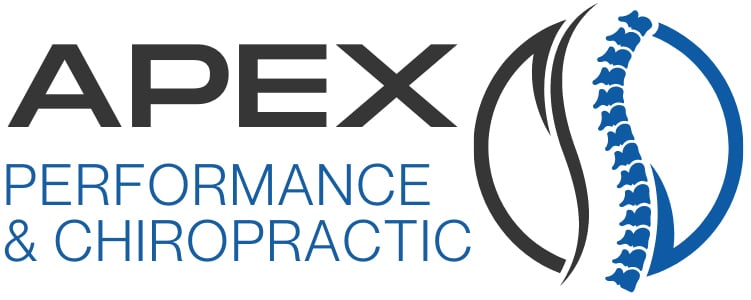
At Apex Performance and Chiropractic, one of the tools we use to relieve your pain is dry needling. But, what exactly is dry needling and how does it differ from transitional acupuncture? While both involve the use of thin needles inserted into the body, they have distinct differences in their principles, techniques, and goals. Let’s take a look at the key contrasts between dry needling and traditional acupuncture.
1. Origins and History:
Acupuncture originated in ancient China over 2,500 years ago as a part of traditional Chinese medicine (TCM). It is deeply rooted in Taoist philosophy and Chinese medical theories. Dry Needling is a more recent development, as it has its roots in Western medicine and is often associated with modern physical therapy.
2. Theoretical Foundations:
Dry Needling is grounded in Western anatomical and neurophysiological principles. It focuses on targeting trigger points or knots in muscles, fascia, and connective tissues to alleviate pain and muscle dysfunction. Meanwhile, acupuncture is based on the concept of balancing the flow of vital energy (Qi) through meridians or pathways in the body to promote health and relieve pain.
3. Needle Insertion Techniques:
Dry Needling targets specific trigger points or tight muscle bands directly at or near the site of pain or muscle tension. Acupuncture involves inserting needles at specific acupuncture points along meridians, which may be distant from the area of pain or discomfort.
4. Goals and Applications:
Dry Needling is primarily used for musculoskeletal issues such as muscle pain, myofascial pain syndrome, and sports injuries. We typically focus on the localized treatment of physical symptoms. When it comes to acupuncture, it is used to address a wide range of health concerns, including pain management, stress reduction, and promoting overall well-being.
5. Types of Needles:
The dry needling uses thicker, solid filament needles, typically inserted and removed quickly in a specific area. For acupuncture, practitioners typically utilize specialized acupuncture needles that are thinner and more flexible, often retained in the body for a longer duration during treatment.
6. Treatment Sensation:
When undergoing a dry needling treatment you may feel a twitch response in the targeted muscle, which is seen as a sign of the release of tension and muscle relaxation. In acupuncture, you may experience sensations like tingling, warmth, or a dull ache as Qi is stimulated. These sensations are often referred to as “De Qi.”
7. Certification and Training:
Dry Needling practitioners receive specialized training in dry needling techniques Acupuncturists typically undergo extensive training and certification in traditional Chinese medicine, acupuncture theory, and practice.
8. Safety Considerations:
Dry Needling is safe when performed by qualified practitioners, such as the professionals at Apex. We will discuss with you all the potential reactions, the safety of the technique, and what you can expect.
While dry needling and traditional acupuncture share some similarities in their use of needles for therapeutic purposes, they are distinct practices with different origins, philosophies, and applications. At Apex Performance and Chiropractic, we only utilize the therapy practice of dry needling. We do not perform any type of acupuncture.
Try Dry Needling at Apex Performance & Chiropractic
If you think that Dry Needling is a treatment that could help you, schedule a discovery call and let’s talk! We want anyone who steps in our office to feel seen, heard, and cared for. Your pain relief is the ultimate goal. Click below to schedule your appointment today!


